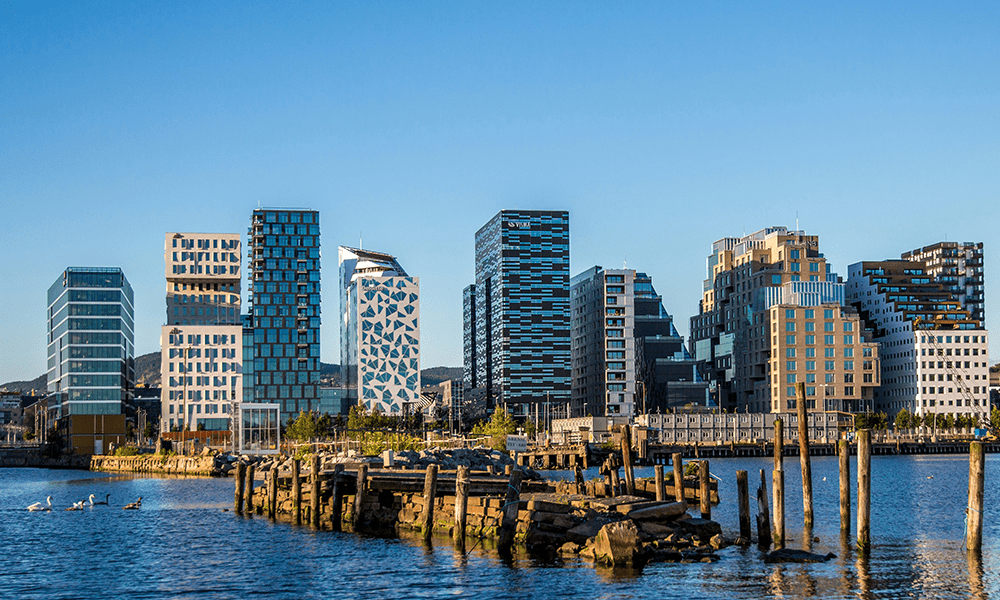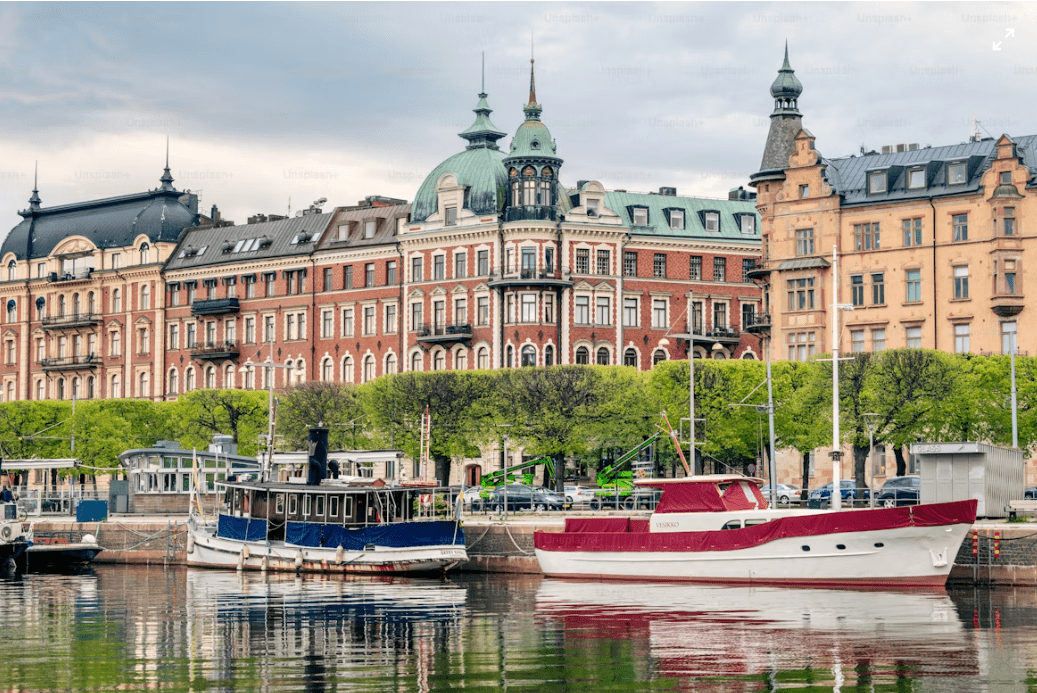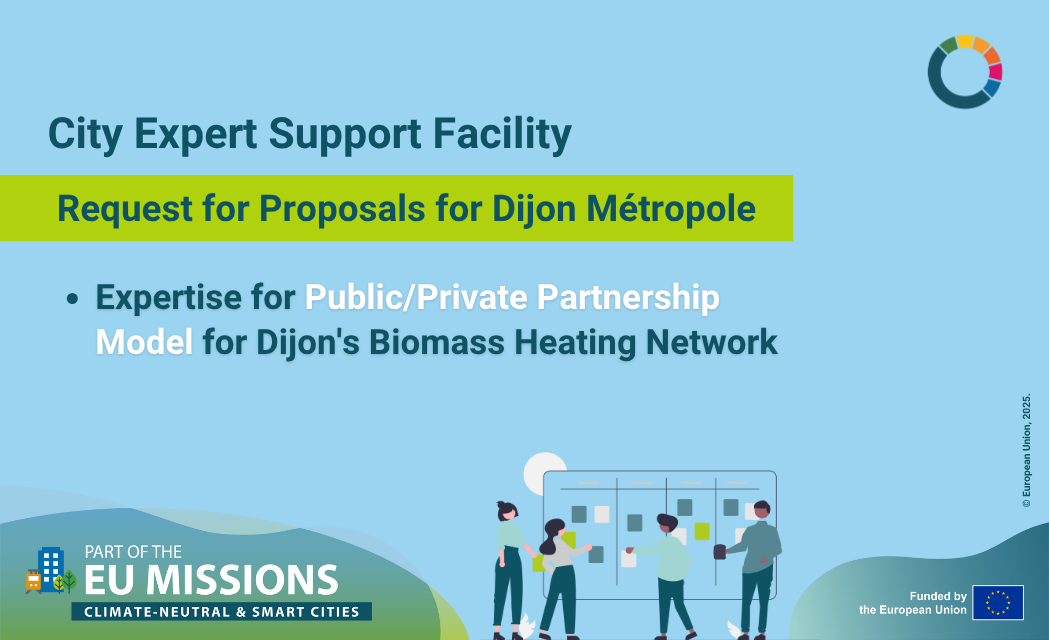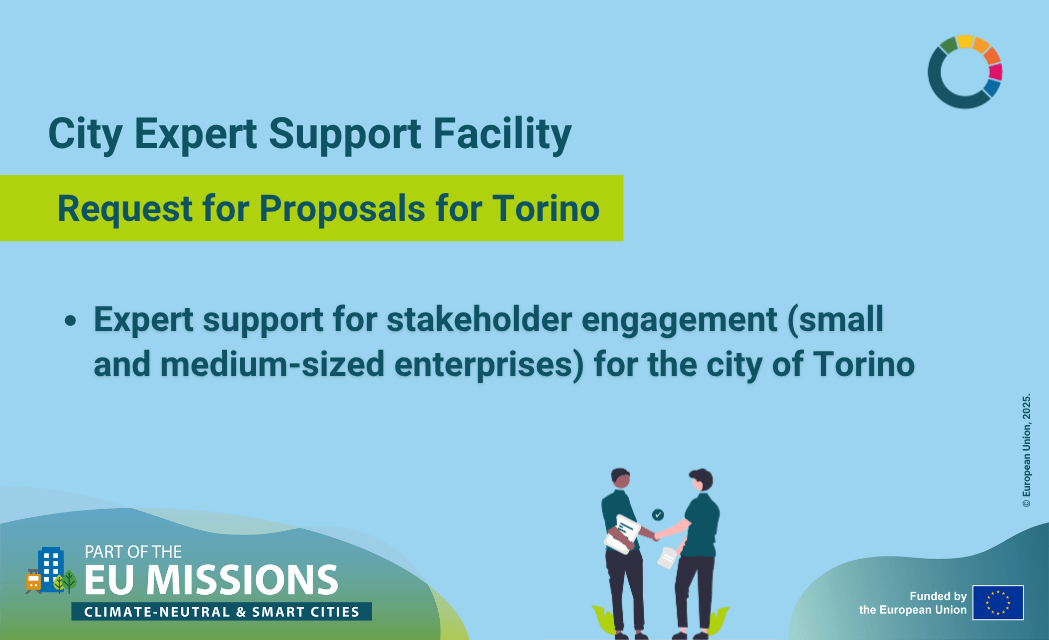Author: Barbara Jarkiewicz
Stories from Pilot Cities: Oslo is one of the 112 cities participating in the EU Mission to deliver 100 climate-neutral and smart cities, and the Pilot Cities Programme – a component of the Mission that focuses on exploring and testing pathways to rapid decarbonisation over a two-year period.
From Climate budgets to Construction yards
Oslo has earned its reputation as one of Europe’s climate leaders. The city was the first in the world to introduce a climate budget, a governance system that ties emissions targets directly to financial planning. That model has since influenced global cities from New York to Mumbai. Yet the capital of Norway is not resting on its achievements. Its leaders know that the journey to climate neutrality by 2030 runs through some of the most stubborn and least glamorous sources of emissions. One of the most significant, though often overlooked, lies behind construction fences.
The category “Other mobile combustion” which includes cranes, diggers, and diesel generators that shape Oslo’s growth is also responsible for the city’s third-largest source of greenhouse gases.

Construction sites are noisy, polluting, and energy-hungry, and every new hospital, school, and transport hub passes through one. If those sites continue to rely on fossil fuels, Oslo’s carbon footprint will keep growing for years.
Confronting constructions carbon footprint
For Ella Havnevik Giske of the Oslo Climate Agency, this is precisely where the climate transition has to prove itself.
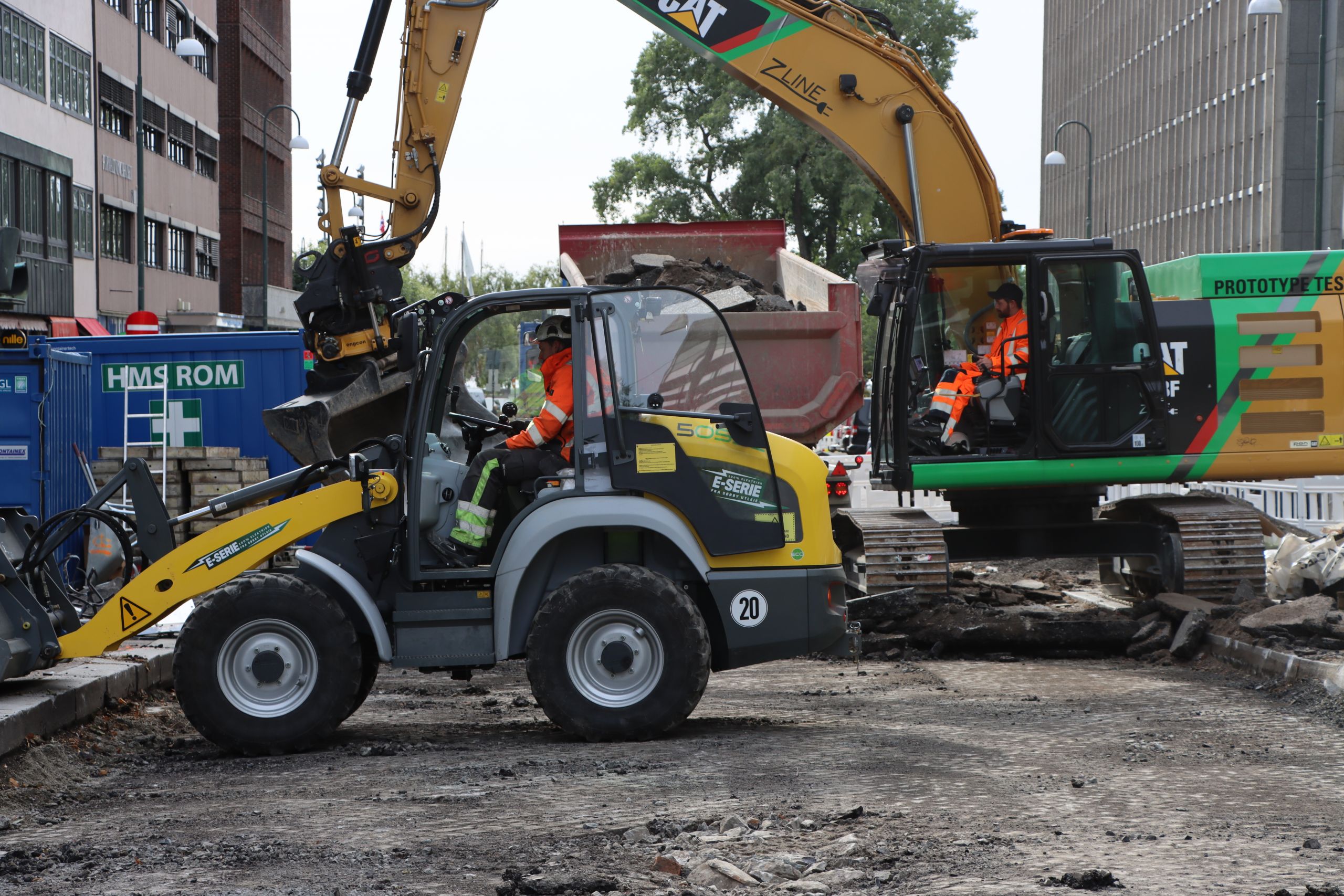
© Climate Agency Oslo
“Construction sites are enormous emitters, locally and globally. In the EU, non-road mobile machinery accounts for 3% of total GHG emissions with over half the emissions from heavy-duty vehicles. A large share comes from construction machinery. Globally, off-road machines used in construction, industry and agriculture emit around 2 billion tonnes of CO₂ annually. That’s more than shipping, and twice as much as aviation. But unlike aviation or shipping, decarbonising construction is a low-hanging fruit, especially in cities, where electricity infrastructure is more readily available. And it’s not just a climate opportunity, it’s a necessity. Changing constructionmeans cutting emissions wherever cities grow and change.”
This conviction is at the heart of Oslo’s participation in the EU Cities Mission. Through the Mission’s Pilot Cities Programme under NetZeroCities, the city is leading a project known as PURE: Power Up a Renewable Society, which sets out to transform one of Oslo’s most polluting sectors into a model of systemic innovation and to share the lessons and solutions with the rest of Europe and the world. The work illustrates how Oslo is moving towards its own ambitious targets and accelerates their transition, scale up local solutions, and contribute to Europe’s wider climate neutrality goals.
PURE: powering up change
The stakes are high. Oslo has committed to cutting emissions by 95 per cent by 2030 compared to 2009 levels. So far, it has achieved a 30 per cent reduction and has adopted policies that should deliver 70 per cent cuts by 2030. Closing the final gap will be challenging. Like many European cities, Oslo is already facing flash floods, heatwaves, and an ageing building stock that is difficult to retrofit. Adaptation is urgent, but so is decarbonisation, and construction sits at the centre of both.
When Oslo joined the Pilot Cities Programme, the decision was both pragmatic and strategic. The city wanted to deepen the focus on a sector where emissions were often overlooked and where progress had been slowest. It also recognised the value of linking its local work to a European framework.
“We joined the Pilot Cities Programme because we wanted to accelerate the transition where it was hardest. Being part of NetZeroCities gave us a structure, monitoring tools, and most importantly, a network of other cities facing the same problems. It also strengthens our voice in national and European debates,” says Giske.
At its core, the project aims to support the transition to emission free construction by electrifying construction sites and developing tools to make the planning process easier.
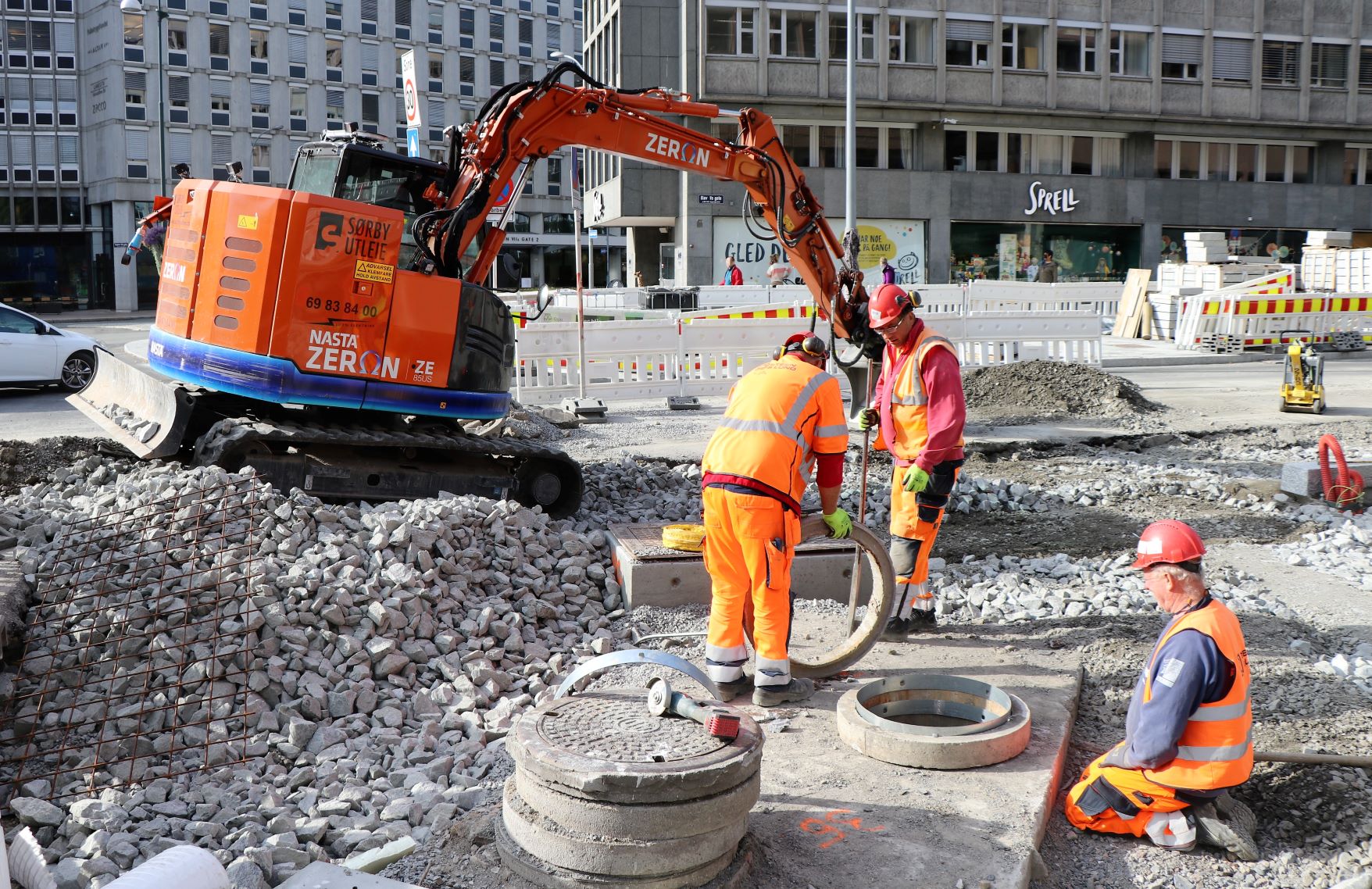
© Oslo Climate Agency
Within its first year, it produced two sets of zero-emission construction guidelines, an energy transition roadmap, and a cost assessment indicating that the additional expenses are manageable and expected to decrease rapidly as technologies mature and demand grows. These findings underpinned new regulatory proposals and helped shift perceptions from experimental to entirely feasible.
PURE also established Norway’s Zero-Emission Construction Forum, which now convenes hundreds of stakeholders from contractors and utilities to ministries and peer cities to align approaches and share lessons.
From Pilot to policy
By 2024, 85 per cent of municipal construction site energy was zero emission. Building on this momentum, Oslo launched a consultation on a proposed new local regulation. The proposal is that all larger construction sites in the city, both public and private, are required to use at least 30 per cent zero emission energy by 2027, rising to 90 per cent by 2030.
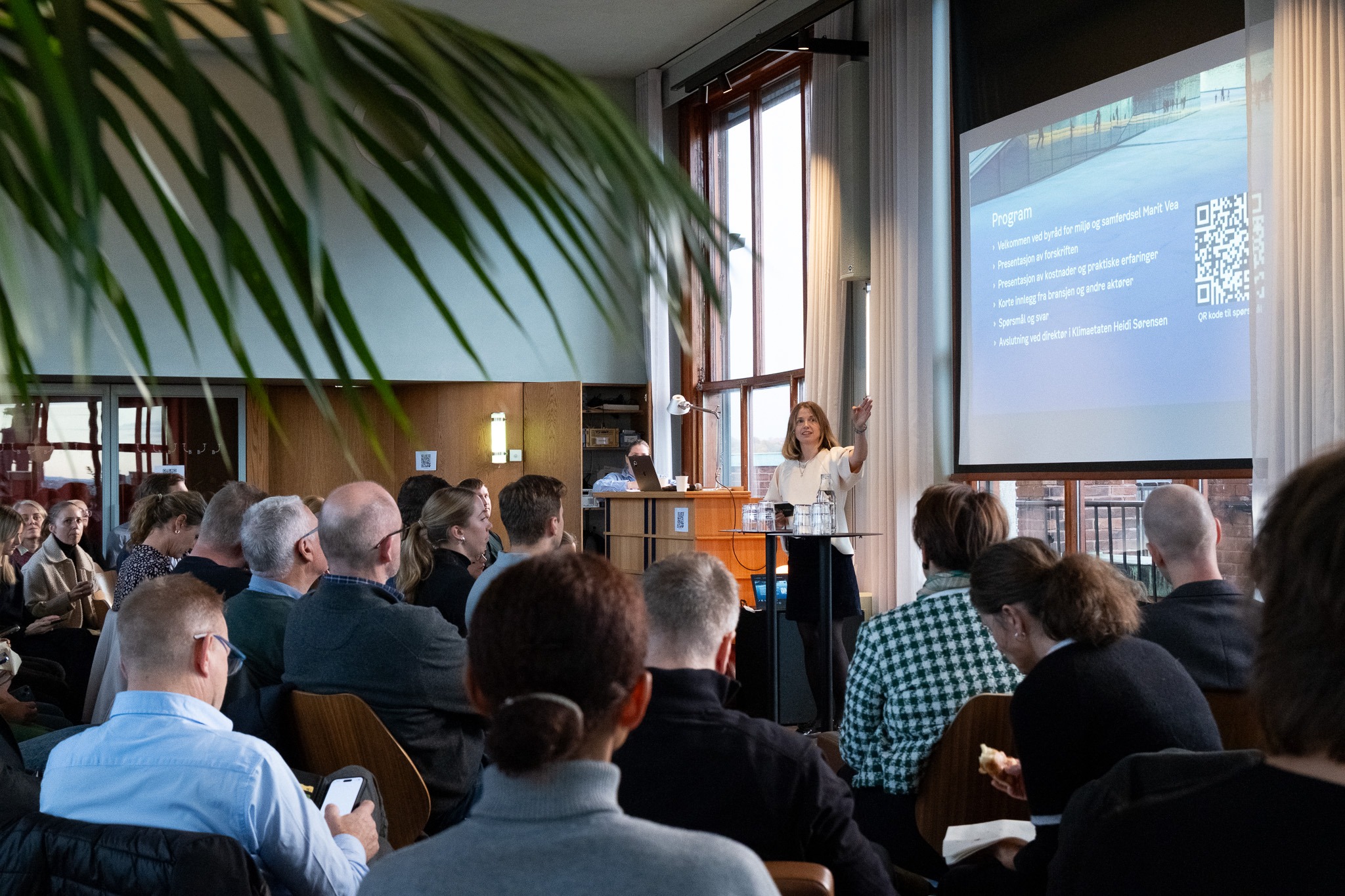
© Oslo Climate Agency
Exemptions may be granted in cases where zero-emission solutions are not yet technically or economically feasible.
“The lessons from the PURE project have been extremely valuable in developing the new regulation,” Giske notes. “The results provide a solid knowledge base to build on, including research from SINTEF on the City’s own construction sites.”
What makes Oslo’s approach distinctive is how seamlessly PURE feeds into the city’s Climate City Contract and climate budget. The guidelines, cost analyses, and planning tools developed in the project directly inform procurement processes and local regulation, turning pilot work into long-term governance change.
Building together for systemic change
Oslo’s work has influenced national policy. In April 2025, the Norwegian government granted cities the legal authority to regulate emissions from construction sites, a breakthrough the capital had been advocating for years. That decision shows how pilots at the city level can contribute to shaping national frameworks, a principle at the heart of the Mission.
Collaboration has been key. Oslo’s Climate Agency leads the project, working with SINTEF for research and data, Hafslund for energy and cost analyses, and Bellona for EU policy recommendations and knowledge sharing. The Climate agency also has a dialogue with the district system operator Elvia, contractors, SMEs, and equipment suppliers to learn from and test solutions on the ground.
“When we put forward ambitious requirements in procurement, the market has responded with solutions. Some companies now even say that they can deliver zero-emission sites as cost-efficiently as fossil-fuelled ones. That’s a huge shift in mindset,” says Havnevik Giske.
The Pilot Cities framework has helped Oslo amplify this momentum beyond its borders. Guidelines have been translated into English and Chinese and shared through networks such as C40 and NetZeroCities. The city is active in the European Commission’s Big Buyers Initiative, using procurement to drive systemic change, and is exploring how its national Zero-Emission Construction Forum could become a digital platform for international exchange.
“These machines are still too expensive. We need a bigger market. That means more cities making the same demands. It’s just as important for us that others follow as it is to succeed in Oslo,” Havnevik Giske acknowledges
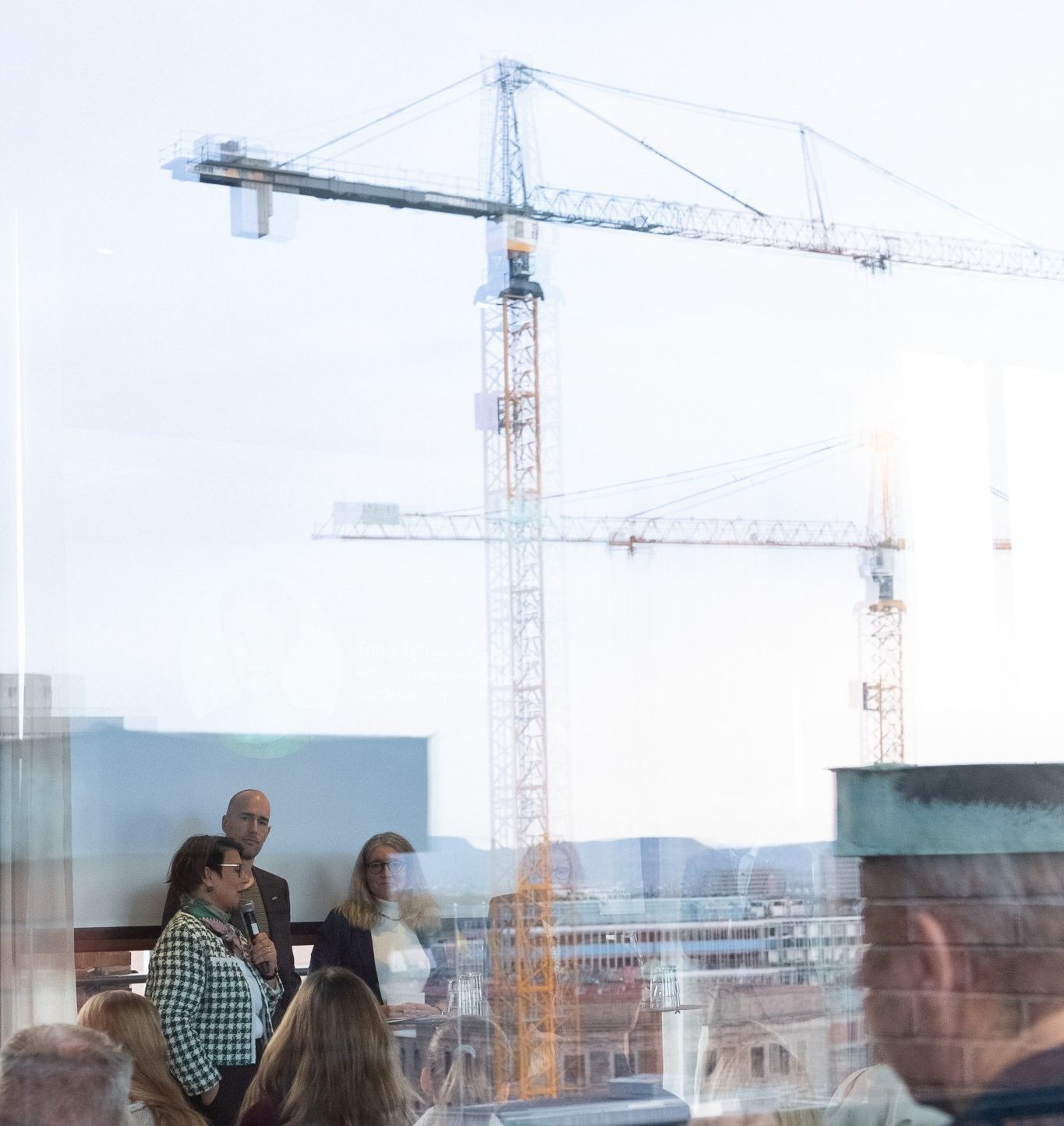
© Oslo Climate Agency
The snowball effect
The lessons Oslo is learning resonate across Europe. Co-creation takes time, but it delivers stronger results and faster adoption in the long run. Power planning forms the backbone of electrification. Costs are manageable and continue to fall as markets mature. Policy alignment across local, national, and European levels is decisive in enabling change and embedding pilots in governance systems ensures that their impact endures.
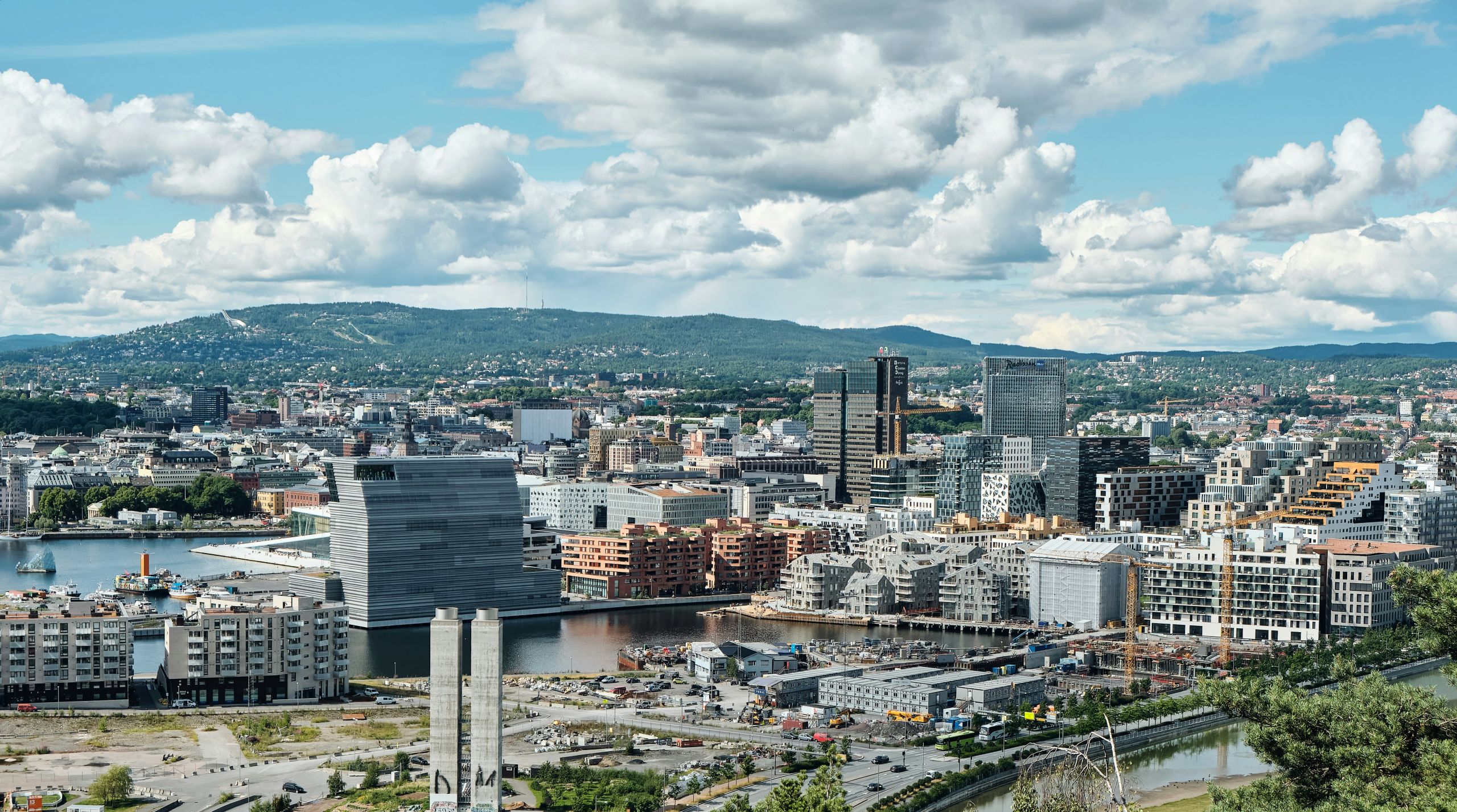
There were reservations at the outset about how well the Pilot Cities model would fit a city already so advanced.
“There was some tension at the beginning,” Havnevik Giske admits. “We had our own systems and ways of working. However, NetZeroCities provided us with a way to connect our work with others, to learn more quickly, and to influence at the European level. Now we see the snowball starting to roll. A lot is happening, and it’s happening faster because we’re not doing it alone.”
For the EU Mission, Oslo’s story captures what systemic transformation looks like in practice, with cities leading through bold local action, learning from one another, and shaping the policies that make climate neutrality achievable for all. For Oslo, it proves that even the most entrenched sources of emissions can be turned into solutions. Construction, once a climate problem, is becoming a cornerstone of the city’s green transition.
